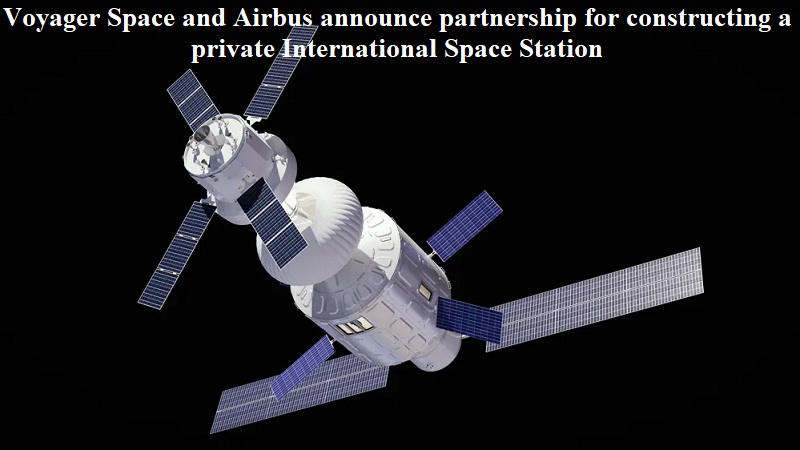
Voyager Space, a US-based space venture company, and Airbus, a renowned aerospace firm, have announced their collaboration to build a private version of the International Space Station (ISS). In this joint venture, Airbus will be the core partner responsible for the development, construction, and operation of the orbital research post. The primary aim of this partnership is to increase Europe’s involvement in the ambitious space project. However, specific details regarding shareholdings and financial arrangements have not been disclosed yet, as reported by Reuters.
The project, named Starlab, is among the three private concepts proposed to replace the ISS, which has functioned as an orbital laboratory for over two decades. Initially, the blueprint for Starlab involved an inflatable habitat designed by Lockheed Martin. However, later on, a decision was made to opt for a metallic structure, leading Airbus to take over Lockheed Martin’s role in the project. Despite this change, Dylan Taylor, the CEO of Voyager Space, clarified that Lockheed will likely still have a role to play somewhere within the supply chain.
While Starlab is a US-led initiative, there will be contributions from Europe, with the US taking the lead in the assembly and making significant contributions. The collaboration between Voyager Space and Airbus aims to expand Europe’s participation in the project. The project’s objective is to deploy Starlab around 2028, before the planned retirement of the ISS by NASA in 2030. NASA intends to rely on private companies to host scientific research in low-Earth orbit after the ISS’s retirement, although they have acknowledged the possibility of extending the ISS’s lifespan as private replacements move forward.
The ambitious endeavor to build a private version of the ISS will be a significant milestone in space exploration. The collaboration between Voyager Space and Airbus signifies the potential for greater international cooperation in space missions. As the project progresses, more details regarding its execution and implications for the future of space research will likely emerge.

Post Your Comments